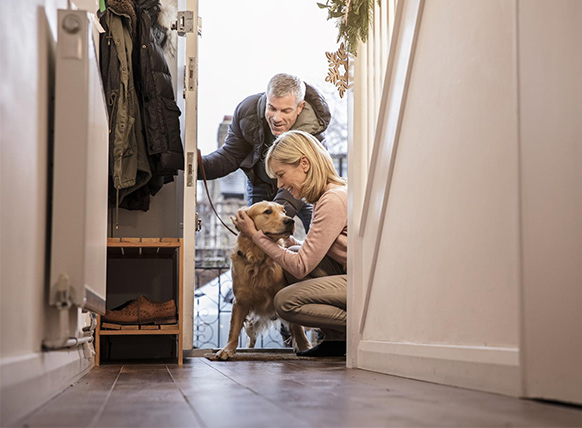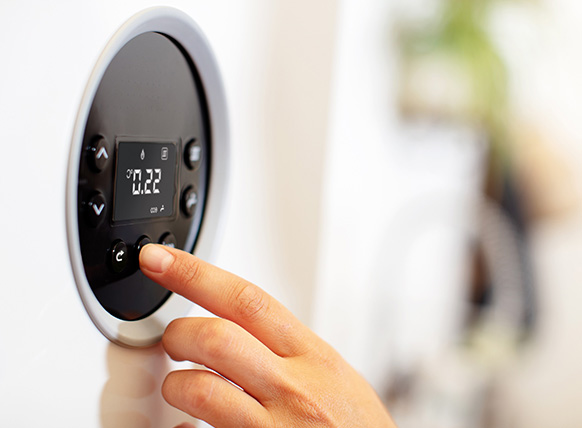How to keep your home warm this winter
Making the most of your home heating can help ensure your winter wellbeing. Having a warm home during the colder winter months is not only important for our comfort, but also for our health.


E.ON
17/11/23


Nine ways to help keep your home warm during winter


1. Draught-proof your doors and windows
2. Make sure your home is properly insulated


3. Upgrade to an energy efficient boiler or heat pump
4. Use your curtains


5. Take control of your heating
6. Make the most of your radiators
7. Heat your home efficiently


8. Book in an annual boiler service
9. Check if you’re eligible for extra support
Read our other blogs


17 October 2023
Blog post
How to prepare your home heating for winter
As the weather turns colder, our thoughts turn to wrapping up warm and reaching for the thermostat. So now is the time to check that your heating is ready for the colder months.


13 February 2023
Blog post
Practical ways to make your home energy efficient this winter
Having an energy efficient home can help to keep your bills as low as possible and will also help you to take action for climate and reduce your impact on the environment.


10 November 2023
Blog post
How a sustainable home can help lower your energy bills
With the ongoing climate crisis, we’re all aware that we need to take action for climate and save energy at home to help lower our bills.